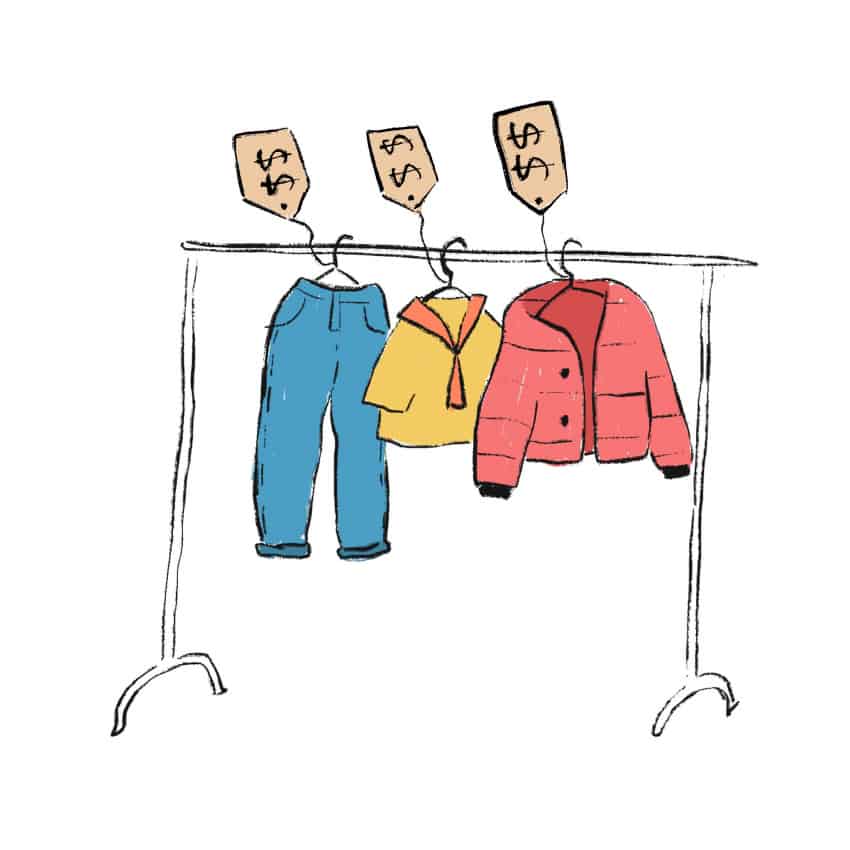
Thrifting reduces waste, it is environmentally friendly and it is financially accessible. However, what often gets lost in the excitement of “saving the environment” is that thrifting is a necessity for some, not a privilege.
In recent years, thrifted fashion has gained immense popularity amongst the younger generations. With the rise of the sustainability movement over the past couple of decades, this comes to no surprise. But low-income communities have practiced this conscious way of shopping for much longer — often because they have no other options.
In the past, the idea of buying second hand came with a stigma, and the individuals who were forced to that lifestyle were subjected to different treatment. But when middle-class and wealthy individuals chose to make the switch to pre-owned clothing, they were met with praise for being responsible and ethical.
This kind of differing attitudes and perceptions between low-income earners versus middle class and wealthy people is a clear case of gentrification. Gentrification is the process by which the character of a poor urban area is changed by wealthier people moving in and attracting new businesses, and it typically displaces current inhabitants.
Over the past couple of years, there has been a noticeable increase in the number of online thrift stores started up by vendors on Instagram. Sustainability is becoming a trend, since Gen Z is redefining the existing narrative surrounding thrifted items, and writing a new one. The new narrative is that no one should be looked down upon on the basis of where they get their clothes, unless it is from fast fashion.
Although the intentions of the people behind these local online thrift shops are good, it is important for consumers of these second-hand clothes to understand the consequences of their actions.
Over-buying desirable second-hand items reduces the options for those who actually need them, and those are typically low-income families. It also raises the demand from second hand stores, which in some cases has led to an increase in prices.
It’s simple supply and demand. A t-shirt that was once $3 could be changed to $7. The $4 difference may not seem like much to some people, but if you are from a low-income family, that increase can add up quickly.
The lack of options can drive some low-income individuals to shop at fast-fashion retailers, where they can buy trendy clothing for a cheaper price. The irony of this is that it increases the demand for fast fashion clothing, which as we know is responsible for a great deal of waste and pollution.
In the end, it is the responsibility of consumers to shop as consciously as they can. Some ways to achieve sustainability is to shop wisely, think about what fits your lifestyle and take care of your clothing items to reduce waste. It also doesn’t do any harm to shop less and experiment with the clothes that you already have in your closet. Be a proud outfit-repeater.
As a community, we should keep in mind that sustainability should be approached with an intersectional lens. The unexpected consequences of the trend of thrifted clothing goes to show that we cannot claim progress without acknowledging the potential ramifications of our decisions as consumers.
People have different circumstances and their sustainability journey should not be shamed, as it is personal and authentic to them.
—
Clarenz Salvador
Graphic: Anh Phan | Graphic Editor